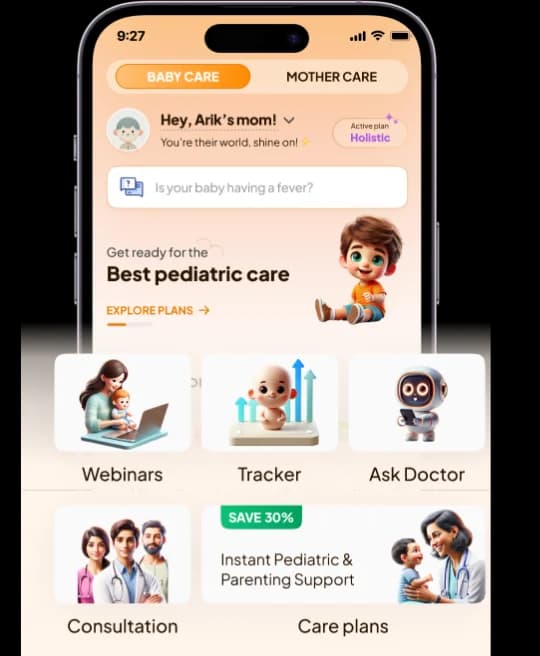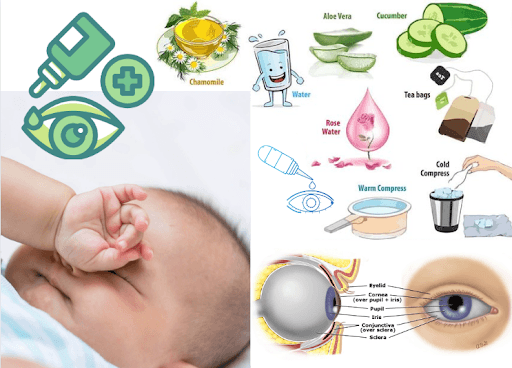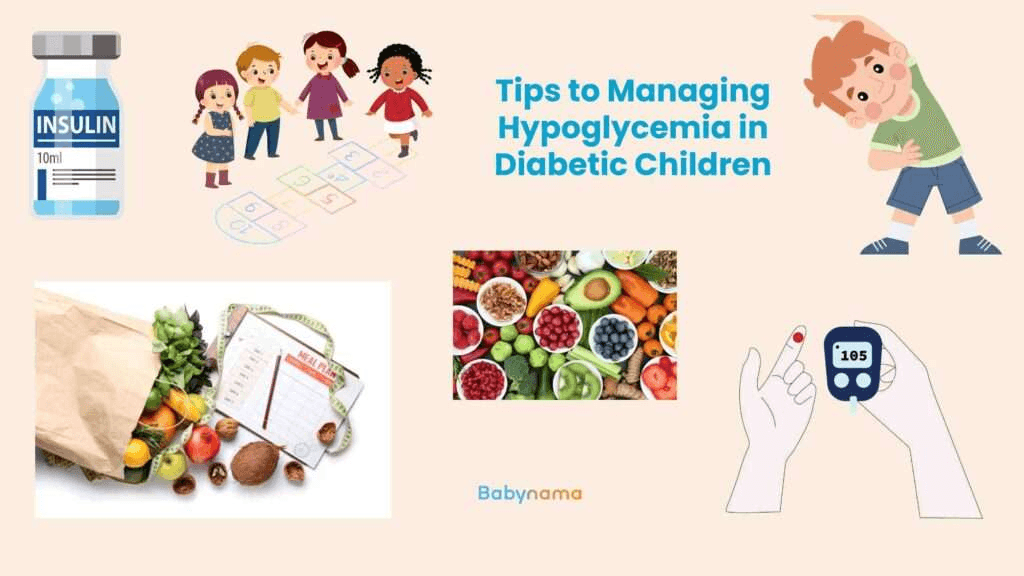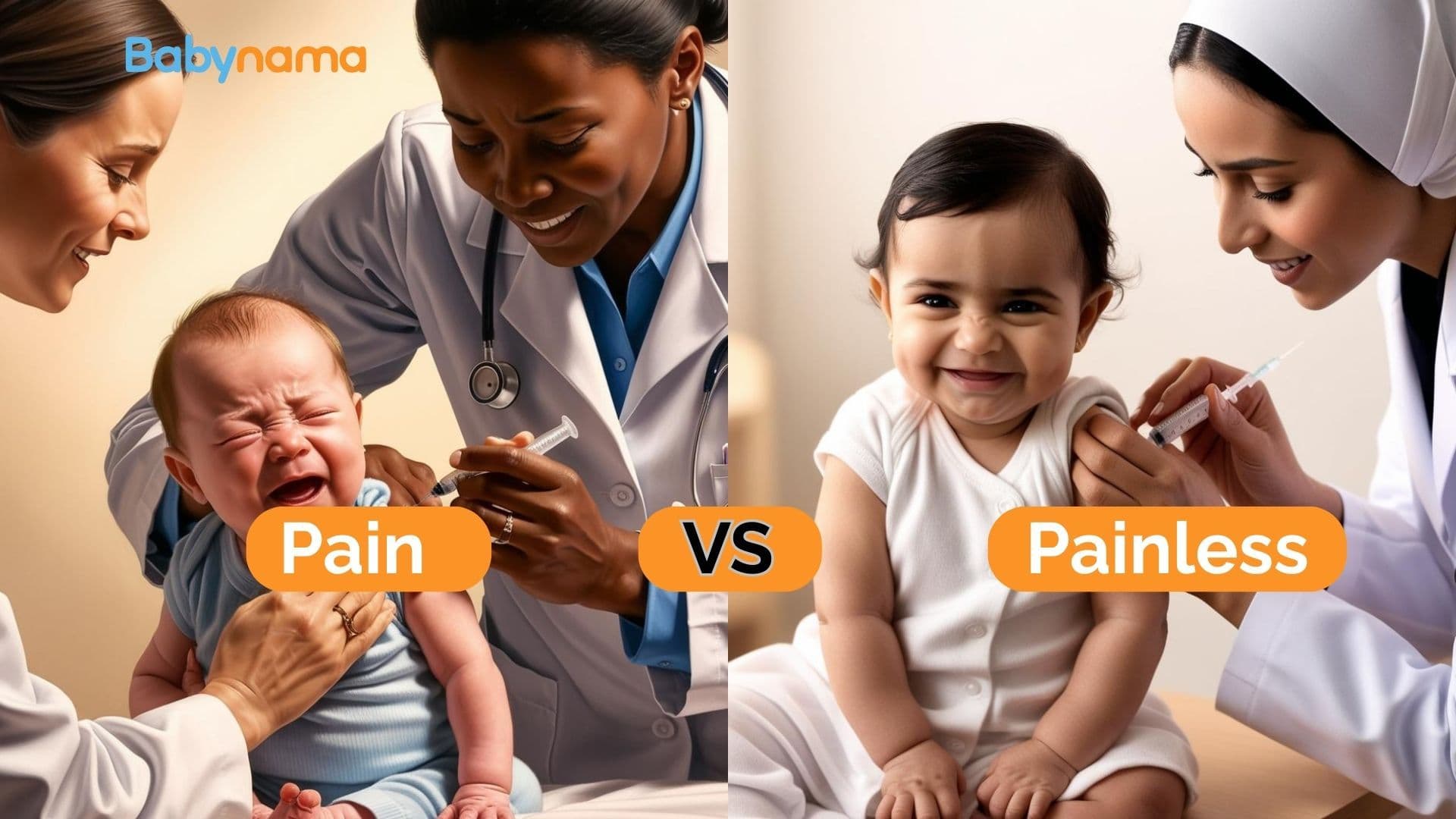
Care After Dog Bite And Rabies
Did you know that dogs bite almost 4 million humans each year, with one in five requiring medical attention?
Dogs are known for their loyalty and friendship with humans, but they can also be dangerous at times. Did you know that dogs bite almost 4 million humans each year, with one in five requiring medical attention?
Children are more susceptible to dog bites than adults. Most of these injuries necessitate hospitalization or reconstructive surgery. In this blog, we will discuss what to do if a dog bites you or a child, the types of dog attacks, and their effects.

Reasons why a dog may bite a child:
- The dog may be sick or injured.
- Young children may not understand their boundaries when playing with dogs.
- Dogs may see small children as potential prey or inferior and feel the need to protect their territory or person.
- Dogs may attack a child when they get frightened.
What to do when a dog attacks a child:
- Apply pressure to the wound with a clean cloth to stop the flow of fluids.
- Elevate the limb that has been injured, and dry the wound with an antibiotic ointment.
- Use soap and water to clean the affected region, holding it under running water.
- Do not treat or sew the wound.
- Contact a medical professional for advice as soon as possible.
Types of dog attacks and the damage they cause:
- Dog bites can range from minor to severe.
- Injuries to the head, neck, and face usually result in nerve and bone damage.






